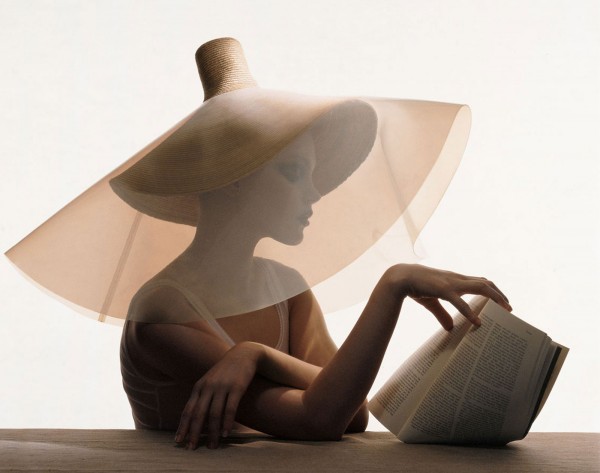For all of the designer’s enigmatic influence over fashion, one person was by his side the entire time. This is Jenny Meirens’s story.

Meirens in the house she built after retiring in 2003 | photo: Danilo Scarpati
IF EVER THE NOTION of a status symbol was subverted, it was with the birth of the blank white Maison Martin Margiela label. Conceived one evening in 1988 at a little bar in Mantova, Italy, when power dressing was at its height, the idea was that only those in the know would be able to determine its significance, or even be able to tell if a garment was “designer” in the first place. And what — cue the tap of a polished red fingernail — was the point of that? For Margiela and Jenny Meirens, his creative and business partner, making a nameless calling card represented a belief in the inherent quality of design, not to mention satisfied their mischievous streak. “I was certain we shouldn’t — we couldn’t — just come out with something that read Martin Margiela,” says Meirens, who came up with the idea. “When people come into a shop and see strong clothes with no name on them they are going to be more curious.”
Margiela was reticent, but ultimately agreed, on one condition: Four white stitches, visible only on the outside of unlined garments, would be added. “Our lawyer couldn’t believe it because, of course, you cannot protect a blank space,” Meirens says. “We lied to him and said we were going to print it with Martin Margiela on the reverse side. But we never did.” In that small gesture, one of the most influential partnerships in fashion history was forged.
Margiela’s take on glamour was maverick to the point of fashion anarchy: Imagine a floor-length T-shirt printed with trompe l’oeil sequins, a woman’s jacket scaled up to an Italian men’s size 60 or another based on a Stockman dressmaker dummy, in lettered and numbered linen, all worn with a split-toe tabi boot. His skilled tailoring was the envy of his contemporaries and a beacon for generations to come.
Get the complete story on NEW YORK TIMES





